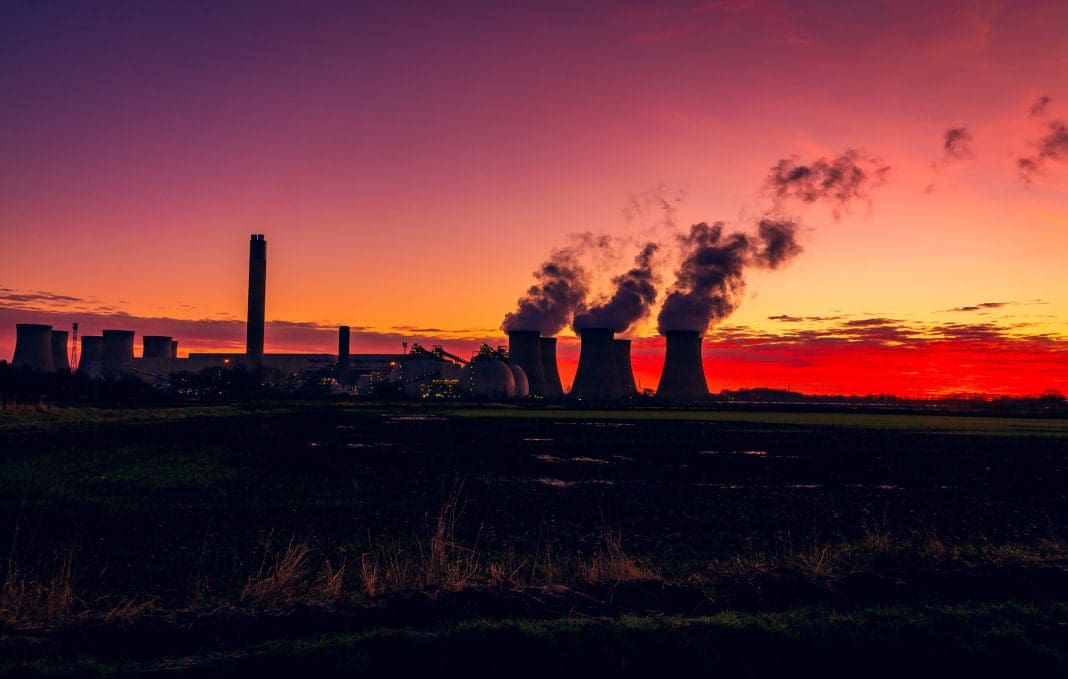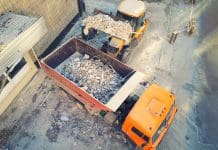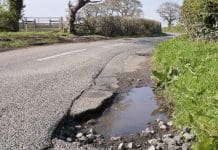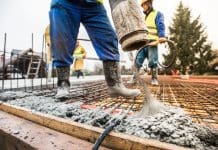Prime minister Keir Starmer, chancellor Rachel Reeves, and energy secretary Ed Miliband visited the North West today as part of the carbon capture clusters announcement, with funding secured for two sites in Teesside and Merseyside
Major funding has been announced for two carbon capture sites in the North West and North East of England, which will help to remove over 8.5m tonnes of carbon emissions each year – the equivalent of taking around 4 million cars off the road, according to the government.
The two sites are estimated to create 4,000 jobs and to support a further 50,000 jobs in the long term. Around £8bn of private investment is also anticipated.
Teesside and Merseyside are just two projects benefiting from the £22bn pledged by the Government, as part of efforts to capture and store around 20-30 million tonnes of CO2 a year by 2030.
Carbon capture stores CO2 emissions below the seabed, reducing the atmospheric impact
Carbon capture separates carbon dioxide when burning natural gas and stores it below the seabed, which prevents it amassing in the atmosphere.
However, carbon capture – also known as CCUS – is contingent on continued use of natural gas, leading to criticism from environmental advocates such as Greenpeace. UK policy director Doug Parr said that the £22bn investment was “a lot of money to spend on something that is going to extend the life of planet-heating oil and gas production.
“Carbon capture may be needed for hard-to-abate sectors, such as cement production, however, hydrogen derived from gas is not low-carbon and there is a risk of locking ourselves into second-rate solutions.”
The announcement comes around a month before the Autumn Budget and ten days before the International Investment Summit, where the projects will be presented as evidence of the UK’s leading global position in CCUS and hydrogen technologies.
Keir Starmer asserted that the UK is committed to carbon capture technologies, stating: Today’s announcement will give industry the certainty it needs – committing to 25 years of funding in this groundbreaking technology – to help deliver jobs, kickstart growth, and repair this country once and for all.
“Infrastructure is central to the UK’s decarbonisation mission”
Alex Vaughan, chief executive officer at Costain Group PLC, called the move a “crucial, and bold, step on the UK’s path to net zero.”
“At the same time as solving many of the UK’s climate change challenges, the infrastructure industry is also one of the largest contributors to carbon emissions,” he went on to say. “The embodied carbon in the core materials used for infrastructure projects, like steel, concrete and aggregates, is considerable. Low-carbon alternatives are either not viable or simply don’t exist yet, certainly not at the scale required.
“But by accepting that infrastructure is intertwined with the climate problem, we’re also acknowledging that the industry is uniquely placed to be part of the solution.
“One day, perhaps not too far off, governments will have to mandate that all public infrastructure is built with progressively lower carbon materials. Banks, pension funds and other investors may also evolve to a position where they insist that all infrastructure financing relates to the use of low-carbon products. These interventions will create a market and drive the materials manufacturers to innovate and create low-carbon solutions to an accelerated timescale. It’s a vital part of the puzzle.
“The need to upgrade the UK’s infrastructure to protect us from climate change, and tackle its effects, has never been more important. Everyone has a role to play and must play it to the fullest extent, to keep up the momentum and make the progress that’s required.”














